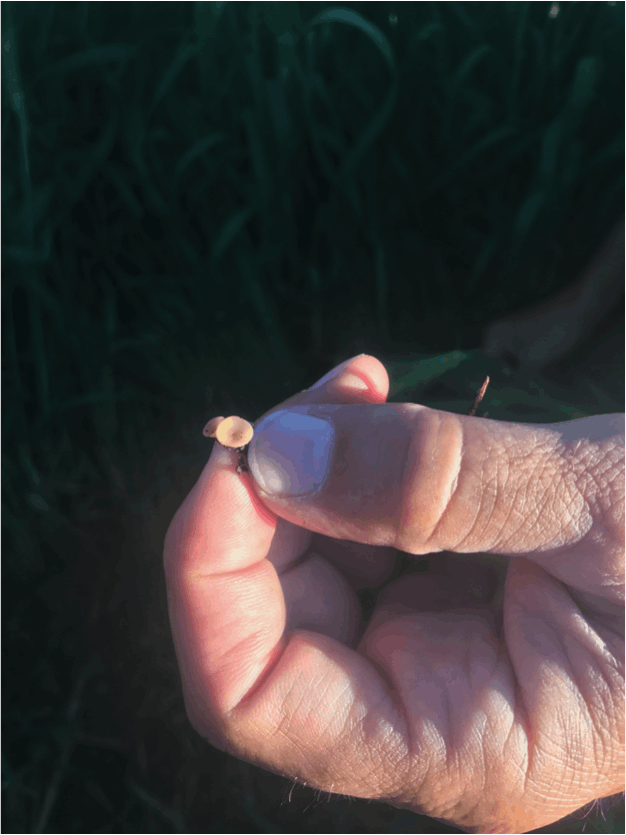
Sclerotinia Stem Rot in Canola
Sclerotinia stem rot is the most destructive canola disease – here is some information to help
with the always tough spraying decision.
Sclerotinia symptoms are first seen as soft, watery rot on leaves and stems; the plant may also
wilt and die if the stem is girdled. Infected plants at podding are bleached, and hard sclerotia
bodies can be found in the stems.
These sclerotia bodies can last in the soil for several years (5+ years!), waiting for ideal
conditions to germinate into apothecia (small mushrooms). Adequate rainfall and moderate
temperatures (15-25°C) are required for germination. The apothecia release airborne spores, ascospores, that land on petals and can travel kilometers, from field to field. Canola petals
provide a nutrient source for spores to germinate into hyphae, the fungal phase of the disease.
These infected petals drop onto branches and leaves causing the disease to spread throughout
the canopy.
Not sure when to spray? Canola Council has a “Sclerotinia Stem Rot Checklist” to help you with
this decision. The checklist considers rotation, previous disease incidence, crop density,
weather conditions and apothecia present. Apothecia is difficult to find – do not solely base
your decision to spray or not on this factor. If your score total is greater than 40, a fungicide
application may be beneficial.